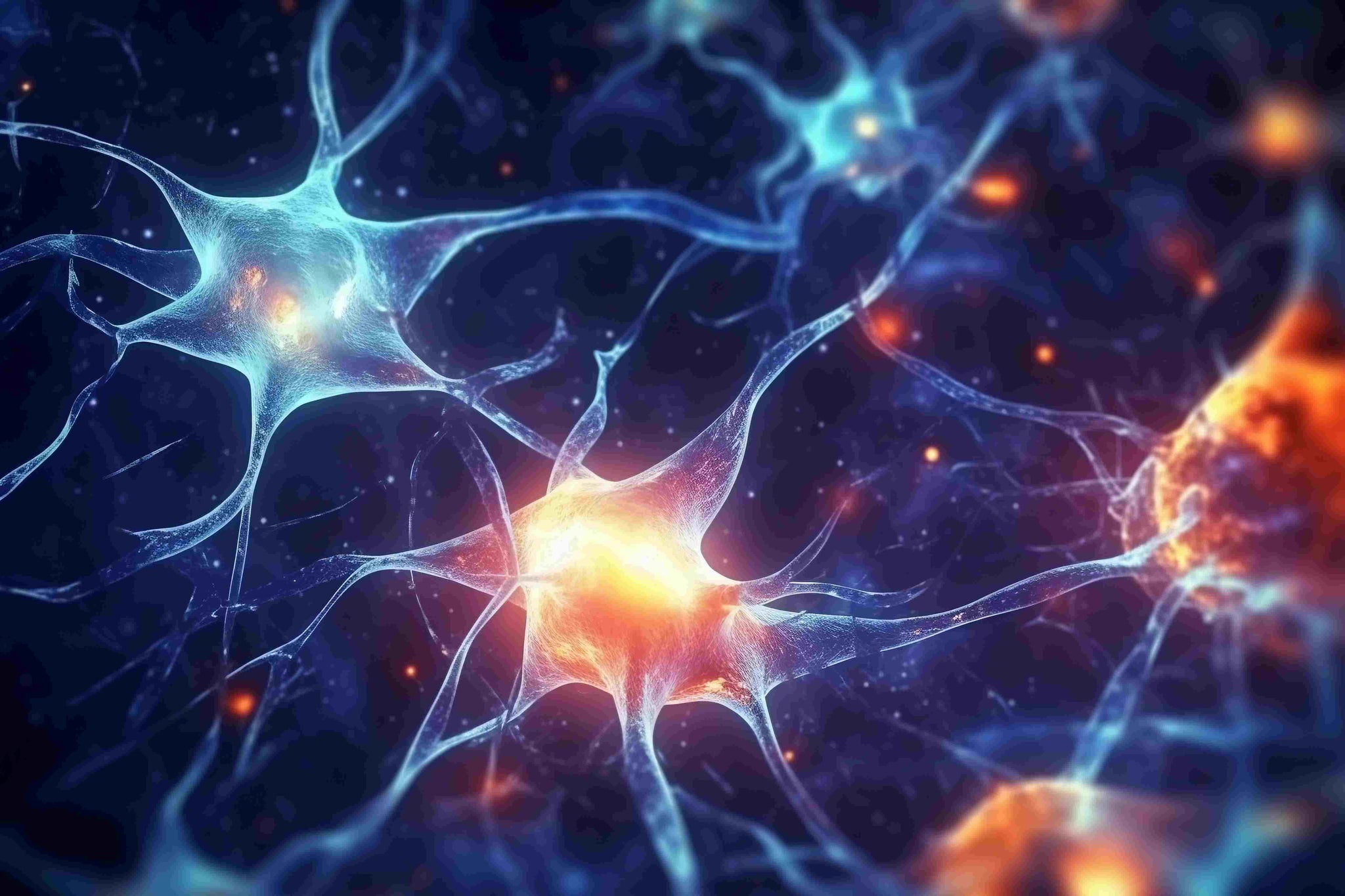Above-ground nuclear bomb testing yields novel information around the regenerative ability of the human brain.
Neurogenesis is the process of creating new nerve cells in the brain throughout life. Researchers are a step closer in understanding why. ‘Carbon-dating’ of the human brain after nuclear bomb testing provides answers for neuroscientists investigating the brain’s ability to generate new brain cells in the hippocampus, the learning and memory area of the brain.
It was once thought that the human brain did not create neurons (brain nerve cells) and that the 100 billion neurons at infancy were our allocation for life. This theory has now been disproven and studies have shown that indeed, humans generate new neurons, a process called neurogenesis. It appears to be specific to two areas of the brain – one of which is located in the hippocampus (a very ancient part of the brain, so called as its shape resembles a sea-horse). The hippocampus is important in learning and memory.
Whilst previous studies on humans have proven adult neurogenesis, up until now due to complexities of experimenting on the living human brain, only animal studies have shown the dynamics of hippocampal neurogenesis, that is, the ‘real-time’ turnover and generation of neurons.
To obtain data using human neurons, researchers based at the Karolinska Institutet, Sweden, led by Dr Kristy Spalding, devised a clever method to assess neurogenesis rates, effectively using carbon-dating of post-mortem brain tissue samples from individuals exposed to above-ground nuclear bomb testing during 1955-1963. These nuclear bombs caused a near doubling of atmospheric carbon-14. Carbon-14 (14C) is a long-lived radioactive isotope of carbon, commonly used in the dating of archaeological and geological findings – and now also in investigating the dynamics of the human brain.
When plant and animal cells renew, carbon is used as a building block, therefore the dramatic changes in atmospheric 14C during the time period served as a marker for new cell generation. As well as from the atmosphere, carbon ‘building blocks’ are also obtained through consumption of plants and animals from the area.
A useful analogy may to imagine a pile of bricks that have been exposed to a paint-bomb splattering them in spots. Houses built using these bricks will be easily identified as been built after the time the paint bomb went off. Similarly, the researchers were able to use 14C as an identifier to show when neurons were ‘built’ throughout the individual’s life based on the varying levels of known atmospheric 14C over a 100 year period (before, during and after the nuclear-bomb testing period).
Analyzing the dynamics of neurogenesis showed that even though neurogenesis does occur in the human hippocampus (700 neurons daily), it is in a subpopulation only and the rate is less than the death of old neurons, that is, that overall there was a net loss of neurons. This finding is significant because it shows new neurons are created for a specific purpose, not just merely attrition. That is, they have a specific function.
The specific function is to be investigated further but with the proven link in animal models between neurogenesis, synaptic plasticity, learning, memory and cognition, this research opens the door for exciting advancements in neuroscience and mental health, enabling us better control over the health and aging of our brains.
Reference
Spalding, K. L., Bergmann, O., Alkass, K., Bernard, S., Salehpour, M., Huttner, H. B., Boström, E., Westerlund, I., Vial, C., Buchholz, B. A., Possnert, G., Mash, D. C., Druid, H., & Frisén, J. (2013). Dynamics of hippocampal neurogenesis in adult humans. Cell, 153(6), 1219–1227. https://doi.org/10.1016/j.cell.2013.05.002

